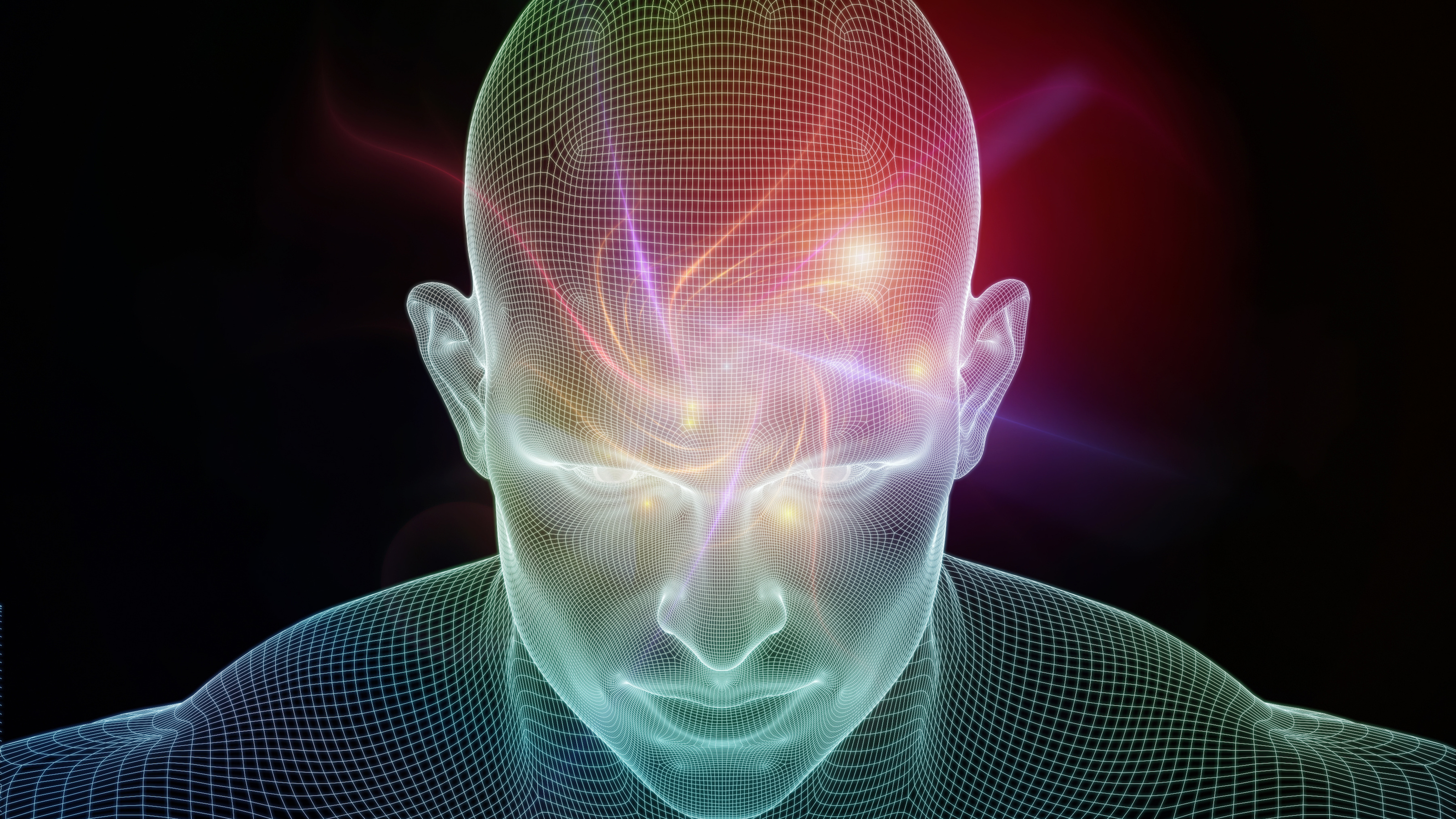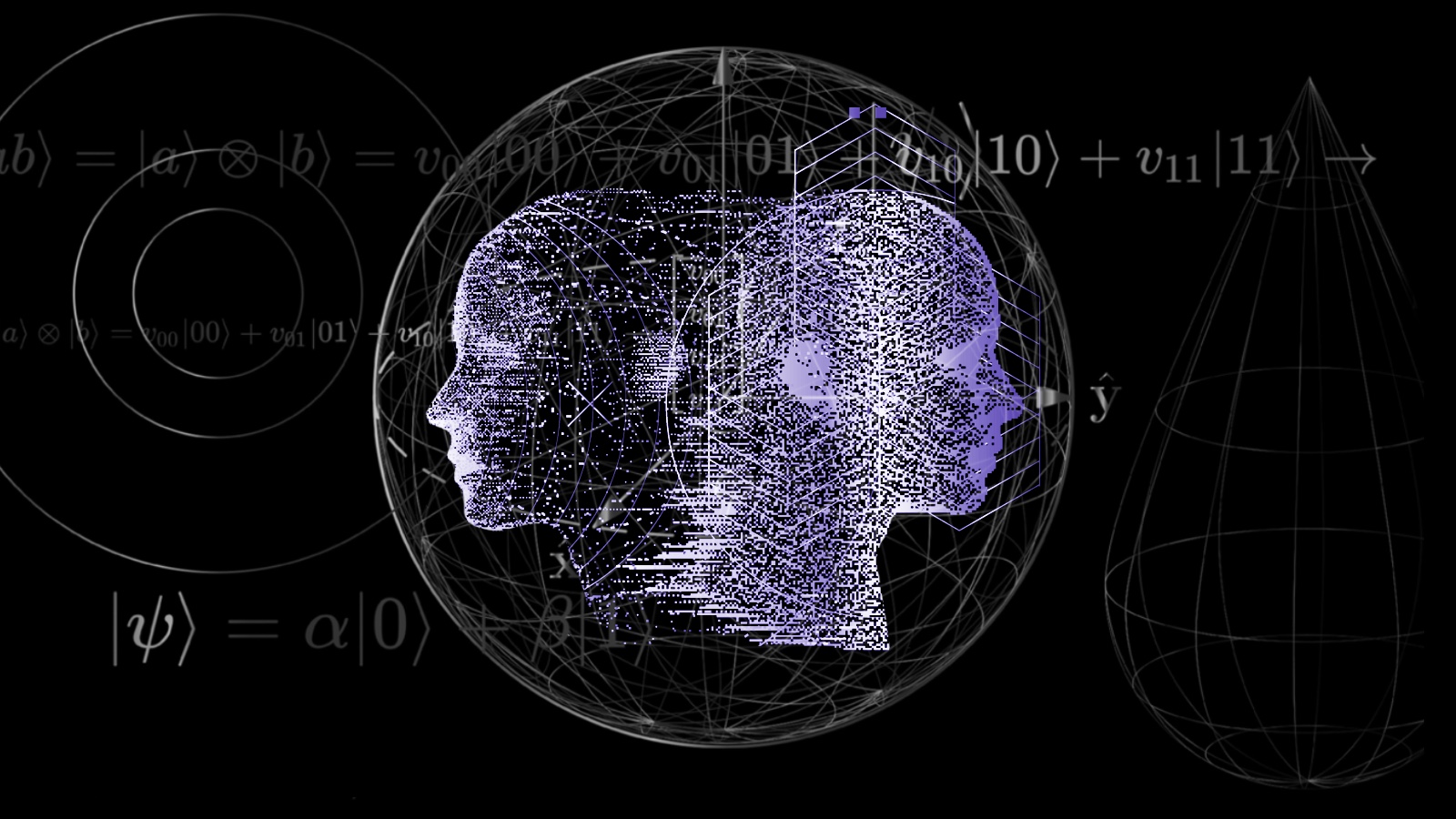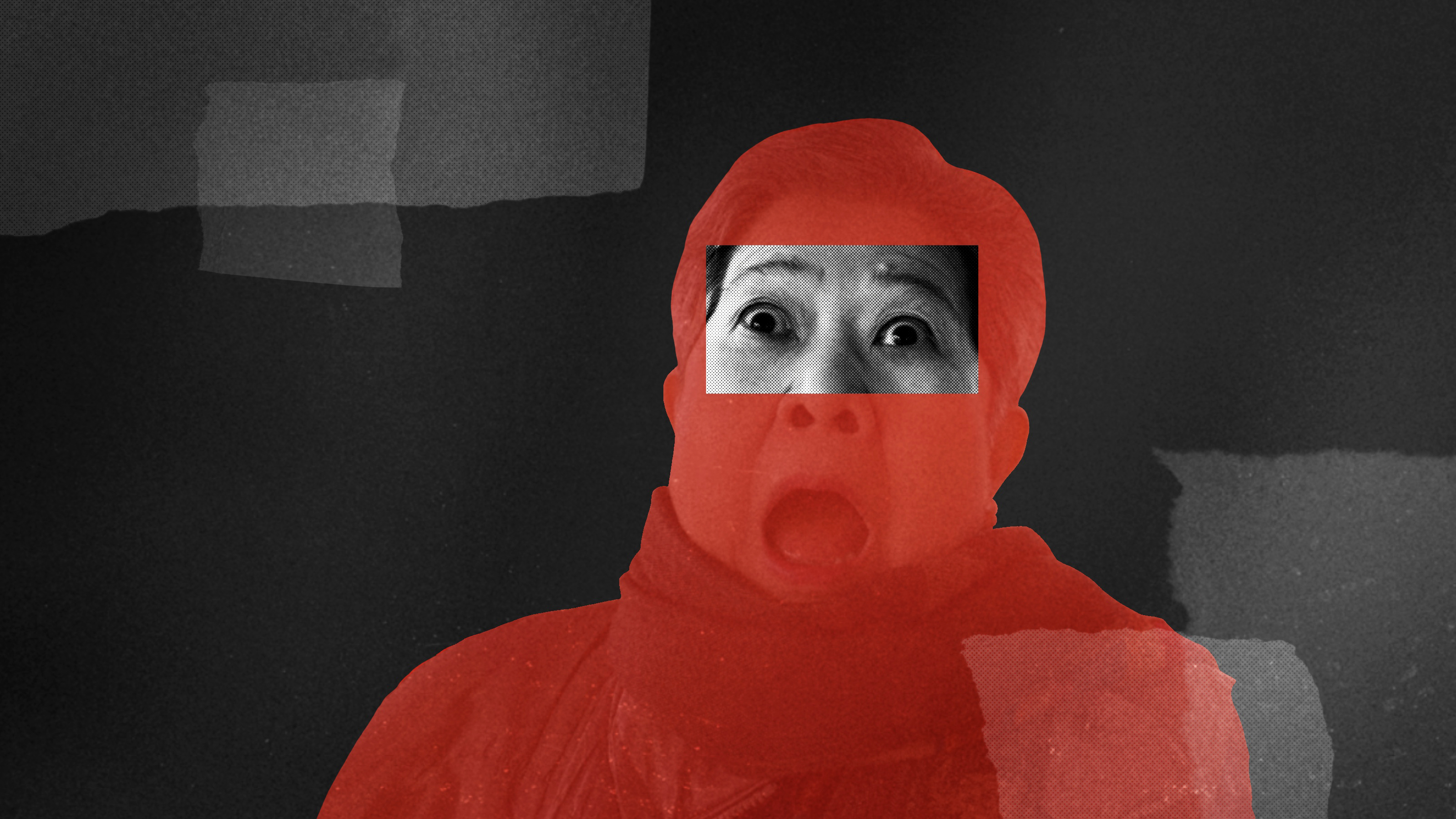A glitch in the neuromatrix: the science of phantom presence

- In 2006 researchers induced a “phantom” presence by electrically stimulating the brain of an epilepsy patient.
- The temporoparietal junction (TPJ) may play an important role in the mechanisms that seem to produce out-of-body experiences and perceived presences.
- The “rubber hand illusion” demonstrates how uncanny sensations can result from disruptions in sensory timing.
In 2006, a team of neurologists led by Shahar Arzy and Olaf Blanke reported on an unusual case of felt presence. A 22-year-old woman was having a pre-surgical evaluation for epilepsy treatment, and she had given consent to have her brain stimulated with electrical current. Among the sites stimulated was the left temporoparietal junction (TPJ), an area of the brain behind and above the ear where the back of the temporal lobe meets the lower side of the parietal lobe.
When the experimenters probed this area, a striking thing happened: a strong feeling of a shadow presence befell the woman, occurring directly behind where she was sitting. When they tried it again, she described “a ‘person’ as young and of indeterminate sex, a ‘shadow’ who did not speak or move, and whose position beneath her back was identical to her own.” They then tried stimulation while she was standing, then in a different sitting position: each time the presence mimicked her, and at one point — unpleasantly — she felt it embrace her. This shadow figure was not her, but its movements were inextricably tied to her own. What had produced this phantom?
The answer to this question seems likely to lie in the integration of signals from several different parts of the brain. The TPJ doesn’t handle sensory or motor signals itself; in fact, the TPJ is one of the points of the brain that is the farthest away from our primary sensory or motor regions. In other words, it is in a position to provide an abstracted overview of what’s going on. Despite its name, it is actually close to the joining of three lobes: temporal, parietal, and occipital. There it can process information on sound and language via temporal regions, information about body, touch, and space via parietal areas, and visual information via occipital cortex.
It also receives input from the limbic system and the thalamus, a key nexus that lies deep in the forebrain and acts as a relay for sensory and motor signals. The TPJ is a crossroads-like area where all these signals can meet and be combined, enabling us to do many complex things. In an MRI experiment, we might expect to see the TPJ involved when people are tracking gaze, tracing hidden intentions, or viewing things from other perspectives. And building selves.
Based on a range of evidence, it has been suggested that the TPJ might provide a simulation of where we are in space. Think of it like a map of our body position, our movement, and our direction at any one moment. Right now I am seated at my desk, slightly hunched over my laptop in a way that I shouldn’t be. The TPJ is adding up all the information I have about my body and placing that in a perceived space: Ben is upright(ish), sitting, with two feet on the floor and his hands on the table in front of him.
This isn’t likely to be a single representation of us but the product of a range of information about our senses and bodies, distributed across the brain in a network (Swiss neurologist Peter Brugger likes to call this the “neuromatrix”). The TPJ seems to be important in linking all this information together, and interrupting its function disrupts the whole scheme. Thus, when Arzy and Blanke stimulated the left TPJ, interfering with the usual neural activity in that region, integration became disintegration. The patient’s simulation of their own body map—sitting down, passively waiting—became a mirror instead, a shadow presence transported.
Stranger still, something similar might be happening for out-of-body experiences, when people suddenly feel they are floating above their body or are able to observe it from the outside. You might have come across this kind of thing before when people talk about near-death experiences: on the operating table, or in the midst of a serious accident, the person might feel like they have drifted away from their body momentarily. Blanke and colleagues had previously observed seizure activity in the TPJ of a person with epilepsy and frequent out-of-body experiences, and of people imagining being in that kind of situation. Crucially though, this was observed in the right TPJ, not the left, as if the two areas were doing something similar but subtly different. Both areas seem to be able to handle signals about where our bodies are in space. If we interfere with the right TPJ, it’s like we zoom out from our bodies, suddenly able to see them from the outside looking in. If we do the same for the left, our bodies zoom out from us — producing another figure, a presence.
You don’t even need to directly stimulate the brain to induce these kinds of effects. Sensory integration depends on timing — all these signals, coming in all the time, must be combined seamlessly, harmonized and consistent with one another. When they cohere, they are thought to create a unified sense of ourselves. But when they are delayed or disrupted, the self seems to go astray.
Imagine if you were to clap your hands now in front of your face and you heard the sound a split second before your hands met. What would you think? Did you make that sound . . . or did someone else? How uncanny or unusual would it feel if one sense got there before the other? I know what belongs to me, I know where my body starts and stops, in part because all the senses and all my muscles are playing the same tune. Things happen in lockstep, effects on the wider world are predictable. But when the timing goes wrong, so does the confidence in what belongs to us.
Famous effects like the “rubber hand illusion” rely on this principle: if I stroke a rubber hand with a brush at precisely the same time as your actual hand is being stroked, I could probably convince you that the rubber hand was yours, provided it was in a realistic position. The synchrony of the cues from what you see and what you feel can override everything else you know about where your hand actually is, so this new rubber hand becomes part of you.
I have used this illusion many times in public science events to demonstrate the shakiness of our sense of body ownership. It usually ends with the experimenter threatening to strike the rubber hand with a hammer, at which point the volunteer recoils because they think it’s their hand being attacked. It doesn’t work for everyone, but it does seem to for many of us: momentarily, a new object becomes part of one’s own body, enveloped into a body schema, to solve an unusual coincidence of timing. It’s a surprising example of how open some of the boundaries of the self can be.





